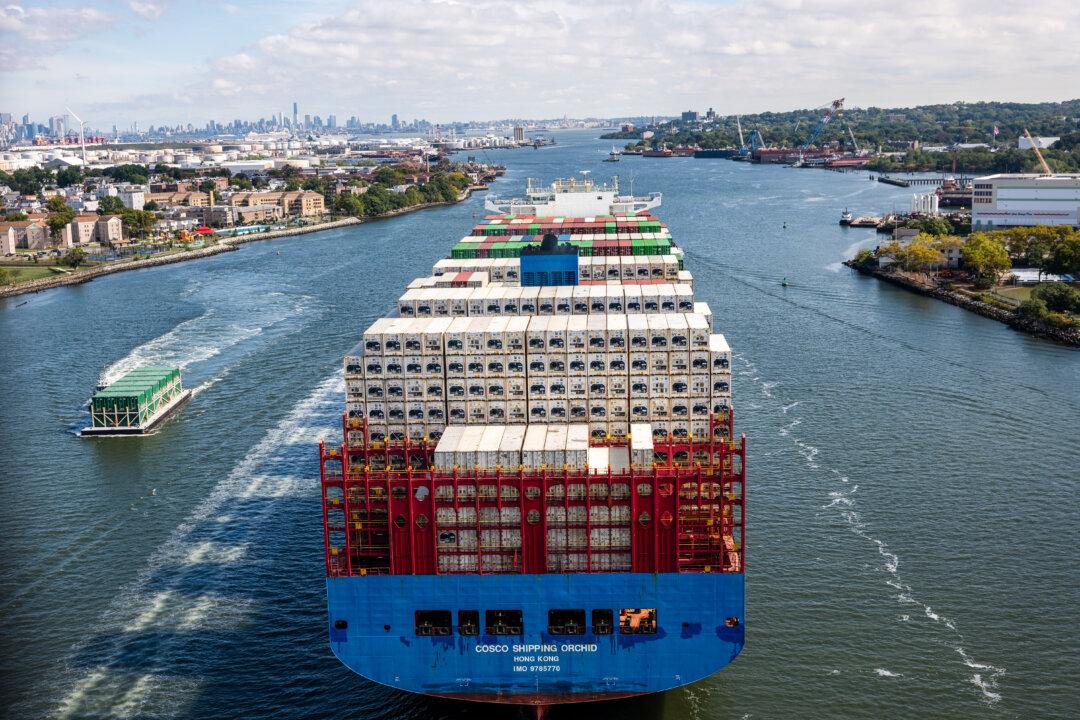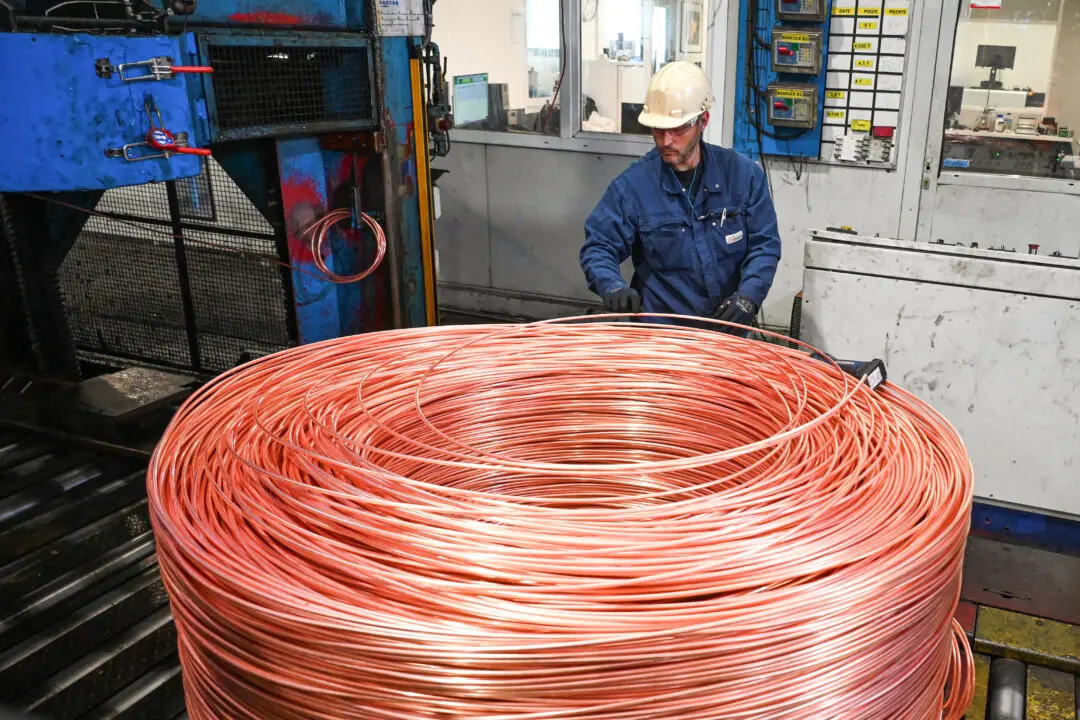“No automation means no automation,” says the International Longshoremen’s Association (ILA), the union representing 85,000 dock and maritime workers.
ILA officials reached a tentative wage agreement with the United States Maritime Alliance (USMX) on Oct. 3. This move effectively suspended the three-day job action and extended the existing Master Contract until Jan. 15. The new deal allows both sides about 100 days to negotiate a new agreement, with automation being the primary sticking point.





